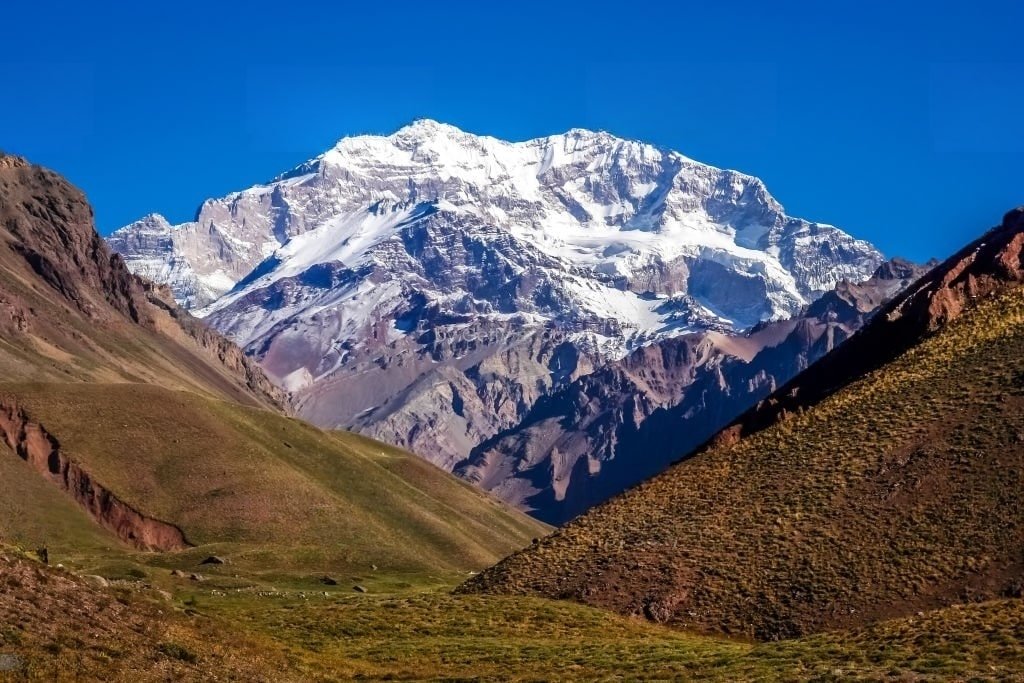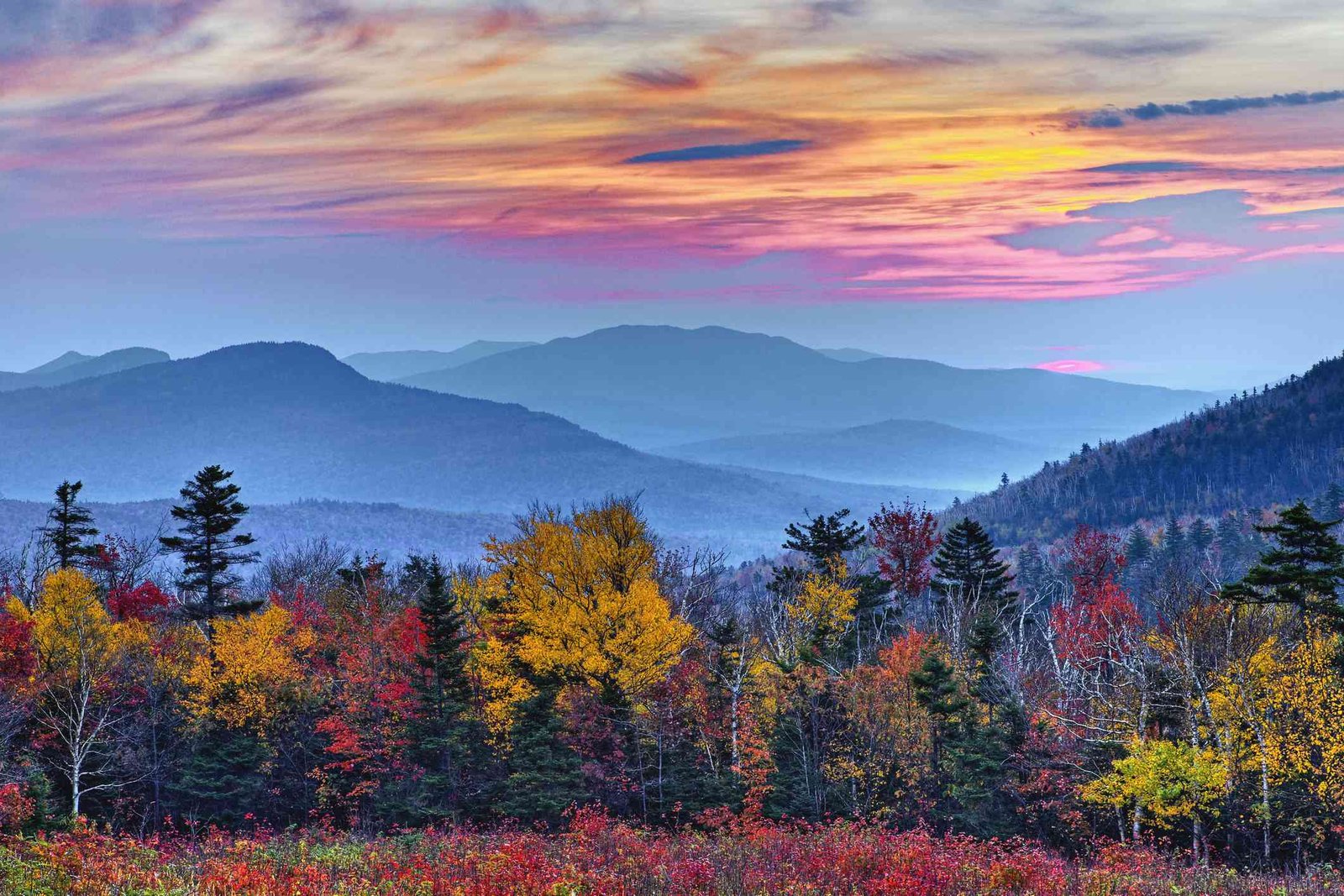Are you an adventurous soul seeking the thrill of conquering towering peaks? If so, Mount Aconcagua awaits your arrival. Rising majestically in the Andes Mountains of South America, these formidable peak challenges climbers with their high altitude, breathtaking beauty, and technical climbs. In this article, we will delve into the allure of Mount Aconcagua, its history, the exhilaration of reaching its summit, and essential information for aspiring climbers.
Mount Aconcagua, the highest peak in the Western Hemisphere, stands tall at a staggering elevation of 6,960.8 meters (22,837 feet). This majestic mountain, situated in Argentina, attracts climbers from around the globe, eager to test their mettle against its formidable slopes. As you embark on this incredible journey, prepare to be captivated by awe-inspiring vistas and the spirit of adventure that permeates the air.
The Splendor of Mount Aconcagua
Nestled in the Andes Mountain Range, Mount Aconcagua boasts breathtaking natural beauty. Its snow-capped peaks, rugged ridges, and pristine glaciers paint a picturesque landscape that leaves climbers in awe. As you ascend the mountain, you’ll witness panoramic views of the surrounding valleys and the sprawling plains of Argentina. The sheer magnitude of Mount Aconcagua’s presence is an experience you won’t soon forget.
History and Exploration
Mount Aconcagua has a rich history that dates back centuries. Indigenous communities, such as the Incas, regarded the mountain as sacred and bestowed upon it great significance. The first recorded European exploration of the mountain took place in 1883 by explorer Paul Güssfeldt. Subsequently, Matthias Zurbriggen became the first person to reach the summit in 1897, solidifying Mount Aconcagua’s place in mountaineering lore.
Climbing Aconcagua: Preparation and Skills
Planning meticulously, having physical stamina, and climbing expertise are required to climb Mount Aconcagua. In order to prepare their bodies for the physical demands of high-altitude mountaineering, aspiring climbers must engage in extensive training. To meet the challenges ahead, it is essential to improve cardiovascular fitness, endurance, and climbing skills.
Altitude Sickness and Safety Measures
Climbers run the danger of experiencing acute mountain sickness (AMS), commonly known as altitude sickness, at very high altitudes. Headaches, nausea, vertigo, and weariness are among the symptoms. Climbers must progressively acclimatize in order to give their bodies time to react to the thin air in order to reduce these risks. A moderate ascent, enough hydration, and good nourishment are essential for reducing the consequences of altitude sickness.
Base Camps
Base camps serve as crucial hubs for climbers embarking on the Aconcagua expedition. Plaza de Mulas, located on the northern side of the mountain, and Plaza Argentina, on the eastern side, are the primary base camps. These camps provide essential facilities such as accommodations, meals, medical services, and communication options. They offer climbers a much-needed respite before continuing their ascent.
Essential Gear
Climbers must arm themselves with critical equipment in order to ascend Mount Aconcagua. The essential gear includes ropes, helmets, ice axes, crampons, high-quality mountaineering boots, and more. These devices offer stability, and support when navigating snowy slopes, and guarantee security during strenuous climbs. To maximize safety and success, it’s essential to spend money on dependable equipment and complete the necessary training.
Routes and Challenges
There are numerous routes on Mount Aconcagua that are suitable for climbers of varying levels of experience. The most well-known and easily accessible trail is the Normal Route, often referred to as the Horcones Valley Route. The Polish Glacier Traverse and Ventisquero de las Vacas Sur are two examples of technical climbs that present more difficult obstacles and call for highly developed mountaineering abilities.
Valle de los Horcones
Valle de los Horcones, located on the southern slope of Mount Aconcagua, serves as the starting point for most climbers. This picturesque valley, surrounded by rugged cliffs, offers a stunning introduction to the grandeur of the Andes. From here, climbers embark on their awe-inspiring journey toward the summit.
Polish Glacier Traverse
The Polish Glacier Traverse is a legendary route that attracts experienced climbers seeking a thrilling challenge. This demanding and technical route requires navigating crevasses, seracs, and steep ice walls. With proper training, skill, and determination, climbers can test their abilities and create lasting memories on this unforgettable path.
Ventisquero de las Vacas Sur
For those seeking an alternative approach, Ventisquero de las Vacas Sur presents an exciting option. This less-traveled route offers solitude and tranquility amidst nature’s awe-inspiring grandeur. Climbers can savor the serenity of the trail while conquering challenging terrains.
A Marvel of the Western Hemisphere
Mount Aconcagua’s significance extends beyond its mighty stature. As the highest peak in the Western Hemisphere, it symbolizes the indomitable spirit of human achievement. Climbers from all walks of life gather here, driven by the pursuit of adventure and personal triumph.
Summary
A symbol of human tenacity and the quest for adventure, Mount Aconcagua. People can push themselves past their comfort zones, take in the splendor of nature, and feel an unmatched sense of success by ascending this stupendous summit. In order to tackle the formidable Mount Aconcagua, lace up your boots, heed the call of the mountains, and set out on an incredible expedition.







